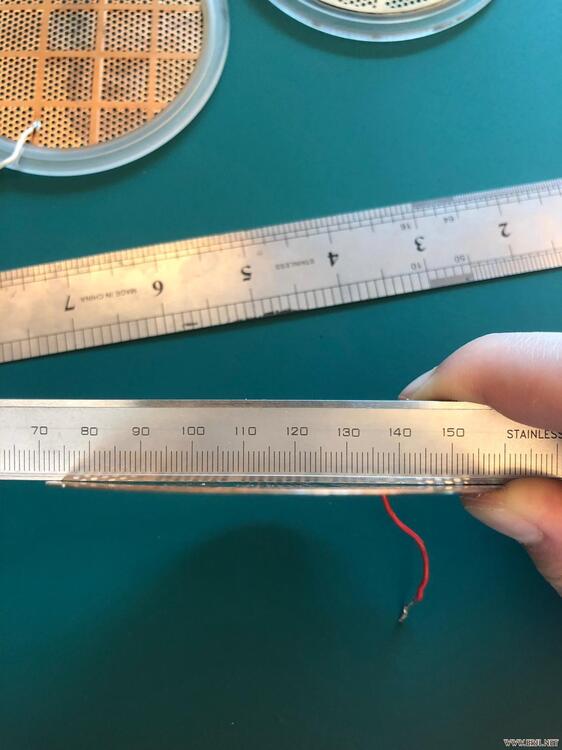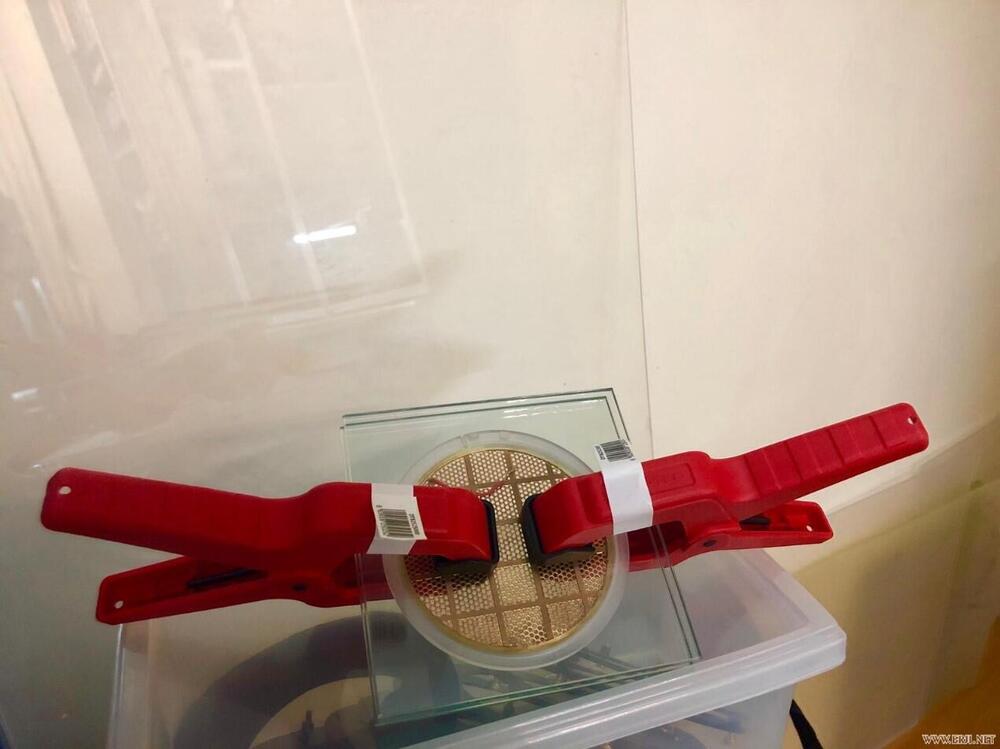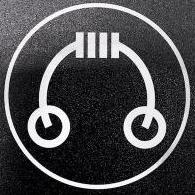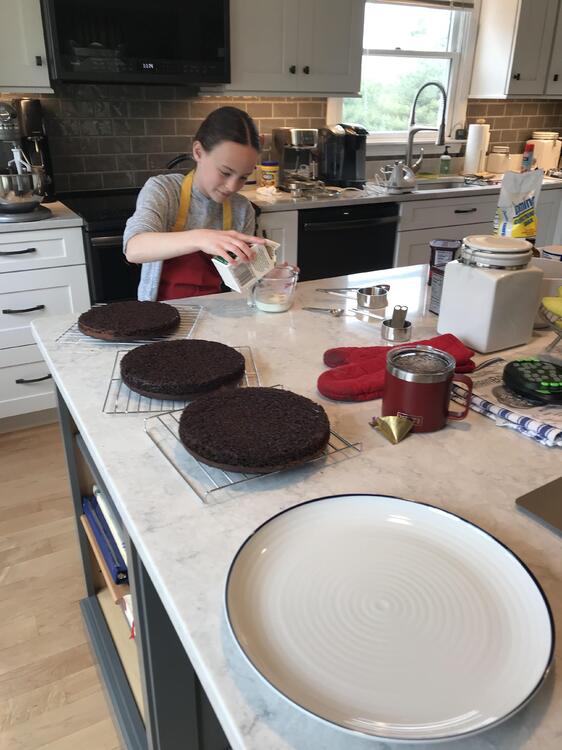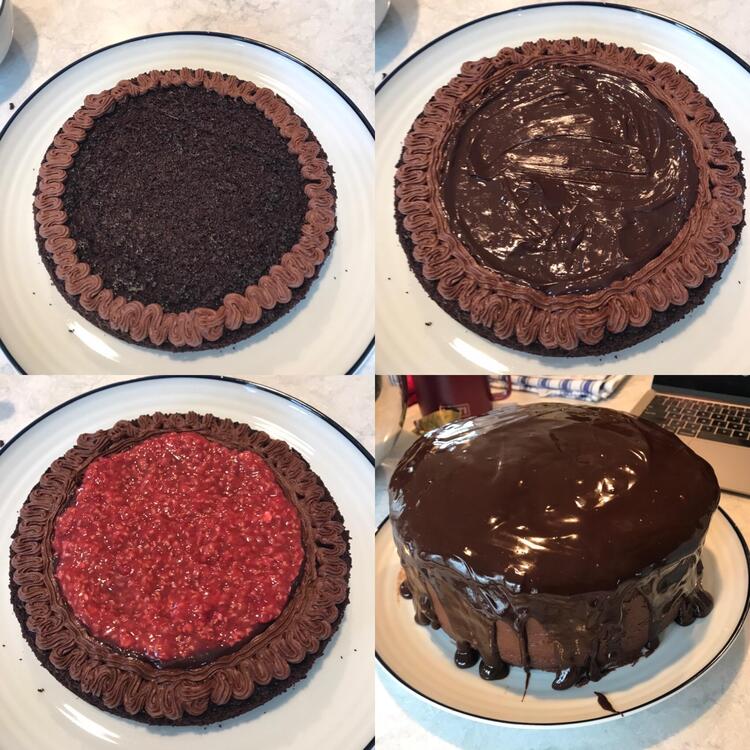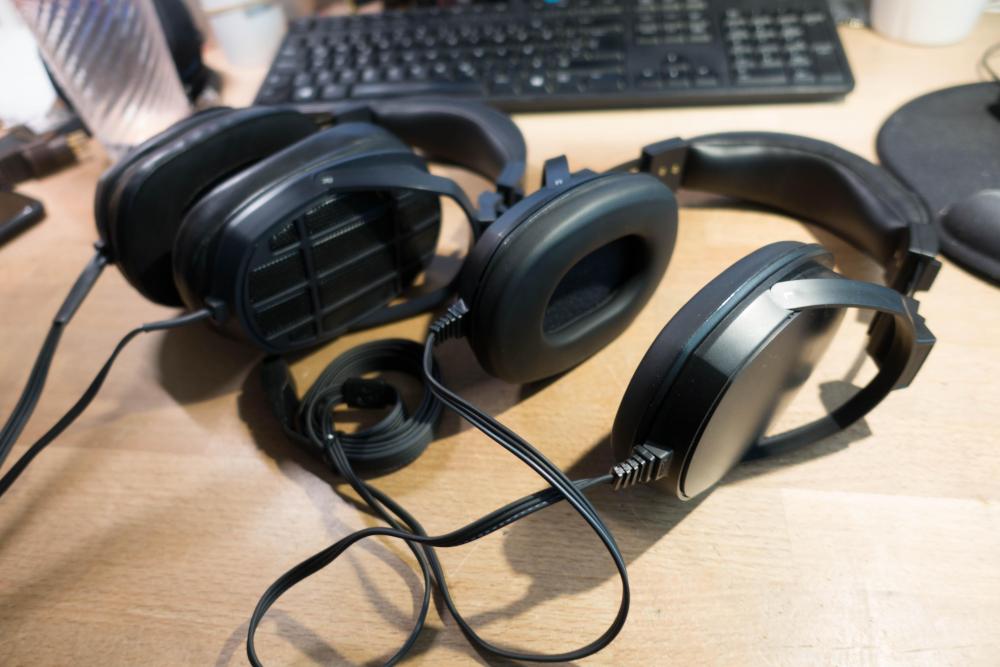Leaderboard
Popular Content
Showing content with the highest reputation on 04/08/2020 in all areas
-
7 points
-
Bachelor No. 2 or, the last remains of the dodo – Aimee Mann5 points
-
4 points
-
3 points
-
It's A-OK. I have had literally years worth of photos waiting to be worked with that I had just been too busy to do anything with until this recent pause.3 points
-
3 points
-
Last night about 30 people in our neighborhood managed to socially-distantly gather near a neighbor's house. The mom is a nurse, and volunteered to help in ICU with the COVID-19 patients. Thankfully she had plenty of PPE she said, but still a risk of course. We all cheered and clapped as she drove in the neighborhood. Their daughter, somewhere out West, was on Facetime with her dad, and she was balling. She's supposed to get married in early August, plans are certainly TBD now.... There are so many wonderful and amazing people in this world, and I'm thankful for them all!3 points
-
3 points
-
A milestone of my rare stax hunt: Quattro II🤪 So basically its a third-party CDP with a enlarged chassis, a very sophisticated power supply + DAC . They have separate power supplies for left and right channel as well as the digital section. The CD section has a plastic case but it is put in another aluminium case and on a wood base where the dac section is located. The CD pickup is Sanyo sf-88. Before the aged parts are replaced, The CDP sounded very neutral, fatigue-free with a special sense of spaciousness, but there was no real bass and dynamic. Then those big electrolytic caps are replaced with Nichicon KG , and Cardas rca and Furutech power socket are installed .After servicing the bass and dynamic is back. But it sounds a bit warm than before.3 points
-
I posted a Chinese version of this article several months ago and now I translated it and put it here. I guess some people here will be interested. I hope you like it. Actually I have some more articles like this pending but I just don't have the time to write it up. --------------------------------------------------------------------------------------------------------------------------------- It all started about a year ago that a second hand sr-omega popped up in the local community. From time to time omegas show up on markets around the world but this one is different: an omega with 007 drivers installed. When the drivers are replaced, such omega drops its value to a fraction of its original. The seller listed it for 48888 RMB initially and sold it for like 20000 + at the end. When I first saw the listing, the first thing that caught my attention are neither the price nor the 007 drivers but one accessory laying aside, which is a pair of dead drivers I have never seen before. At first sight I know that it’s a prototype, a true unicorn that probably only one pair exists in the world. I am so curious on how it sounds and how it compares to 007 or 009 or the original omega. I messaged the seller right away and after some persuasion and explanation that I can give this driver a next life, I got it at a reasonable price. And it has become one of my biggest regret that I didn’t also purchase the omega itself that time, otherwise I can put it back into the place where the drivers belong to. Here is the driver itself. From this driver you can see several innovations made by Stax that has never been seen in other Stax models before it. The diaphragm is identical to a normal omega but the electrode is totally a different creature: copper plate similar to lambda sig etc. but much more refined. Over different regions of the electrode the thickness is different. The thicker copper comprises of the # pattern skeleton to give the rigidity while the thinner copper is perforated. You can see the same topology on 009 and 009s where they claim to have the MLER welding technology employed on the electrode. But this omega prototype electrode is in one piece and just as thick as a credit card. Furthermore, they rounded the edge of the perforation like what Stax does on 009S. Stax even make a sectional view illustration graph on their 009S promotion leaflet. Such treatment helps sound to radiate. To me it’s really impressive to see some characteristics of a flagship model today on a 30-year-old design. But Afterall it’s a prototype. It does have some problems: this electrode is too thin to give enough rigidity and prevent bending. They are curved to 5 o at most. Moreover, the area of attachment between the frame and the electrode is too small. It just peels due to aging. I see such defects in some modern designs too. Although its reasonable to have these issues because its 20+ years old, it does reveal that the one who designed it is not thoughtful enough. Perhaps that’s why it was never released to the market except the one on my desk. Besides the defects the design has, the driver itself is at a very bad condition. The drivers have been exposed to the external environment, so dust gets onto everywhere. The one who does not properly seal the package probably has never imagined that this driver will be repaired. It’s a pain in the ass to make the driver dust free again, especially when they are on the very fragile diaphragm. Normally I don’t accept requests to repair an exposed driver and I will give a new quote to clients who send me an exposed e-stat without telling me in advance . But I own this driver and I can bear the risk so that’s OK. The four electrodes are bent in different direction and magnitude as well as having detachment and failure of epoxy. Taking it apart and bent it manually is the only way out. It takes a lot of skill to bend a bent copper plate. Like you have to apply a certain amount of force on the copper and then you check how you have bent it by eye balling or a ruler, and you repeat this process a dozen times on one plate. You make it worse if you don’t know how. The most challenging part of it is that how much you bend an electrode actually affects the sound pressure on one side of the driver so at this point you just have to guess. I have neither the tool nor the file of the design, its all hiding in somewhere inside Stax’s archive library. At most of the time repairing a e-stat is more challenging and troublesome than making a new one. Aging will just make everything a mess and sometime you have to wipe the ass of someone who does not make the design good enough to withstand usage. Solvent removes dust and grease on the driver. It gets much trickier when it comes to cleaning the diaphragm. Effectiveness of a method to clean the diaphragm is an issue when there is just too much dust, not to mention the risk that you will break a diaphragm by puncture or sketch. At the end I decided to clean the diaphragm with solution. Although it will damage the coating, it means nothing to me as I can recoat it anyway to replace the old one which is probably damaged anyway. Cleaning done. They took away the dust screens so I have to prepare these as well. Last Step: assembly, the most important part of all steps. This several hours of work determines how long a driver can last before imbalance or noise occurs. Its my duty to make sure every edge and surface inside the driver is dust free. If not, dust will eventually get onto the diaphragm at some point in its service life and short the electrode and the diaphragm. Practically if the pollutant is much smaller than DS gap 0.5mm then its fine. All these procedures are done in a dust free environment. Soldering work Omega adopted a spring mechanism to connect the bias supply to the diaphragm. It is shaped like a tuning fork and it is odd (photo credits to audiohobby .pl ). I tried to make one but it just can’t grip firmly. After some days of having this troubling me I figured out a way, using HD600’s spring and I glad that it worked, at least for now. I used 007 cable, lambda sig headband, cnc machined and anodized aluminum casing and tailor made earpad. I am a proud Omega owner and I shipped the earpad for a clone. The result is satisfactory. I took away the back grill for inspection but I am kind of regret because I cannot put it back. The general sound signature of this omega prototype is somewhat identical to the original: natural, airy, transparent and clean. Its free of unnaturalness which can be found on 009 (please forgive me if you find this statement irritating, afterall the perception of sound is subjective). It has a larger soundstage than 009 for sure but I think 009 has more details than this one slightly. To me this prototype takes a midway approach between early-SN omega and Late-SN omega. It has a bit of the sweet coloration of an early omega while having much of the naturalness of a late omega. I found that early omega has a huge, diffused soundstage while a late omega has some in head effect which is unpleasant to me. Luckily this prototype is more on the early side. But still this prototype is different from the two regrading the proportion of width and depth of soundstage. I can’t explain more because I haven’t AB compare yet. What amaze me the most is how the prototype omega differs from the typical omega in the dynamic and bass region. The normal omega gives me an image of mellow, soft and relaxing in the bass region. Although 009 and 007 has better bass and impact I like the stress-free presentation of the original omega. The only thing omega put stress on me while I am wearing it is its price. In the prototype omega, I feel an enhancement on the impact, the speed and the amount of bass. Perhaps it’s the reason why they create this prototype, to improve on what the original is lacking. The density of imaging of sound also improves by a bit. Be caution that I cannot remove the effect of the different earpad and casing on the overall sound comparing to the original so the effect I mentioned above might be due to them. Despite all these merits, there is something lacking in this prototype: The openness of soundstage and the super-revealing details on the original omega. If omega scores 100 and 009 scores 85 in the aspect, I will give a 95 to this prototype. The transition from mesh electrode to plate electrode seems to be a double-sided sword. I remember in one of the Stax staff interviews they explained on Pros and Cons between mesh and plate electrodes. You give up something to exchange for another. Nothing is perfect unless you pay a double.2 points
-
2 points
-
You just triggered me into listening to their album that's been getting the most listens here over the last year. Will the minor Little Creatures eventually become my favorite? I never really liked it on release (or the couple decades after).2 points
-
2 points
-
2 points
-
2 points
-
The Speedplays were chosen for the lateral freedom while putting the hammer down on the climbs. After two ACL reconstruction surgeries I felt this was the safest choice. You can;t really see it in the low light of the pic but the dark areas show off the carbon fiber really nicely which match the CF on the handlebars, seat post and fork. Old school but still cool me thinks.2 points
-
So much this. Me too (I even practiced). I miss Pushy. (Someone had to say it)2 points
-
2 points
-
Table updated. Received all but one payments. I have proceeded to contact PCBnet to place our order.1 point
-
There is NO person more honest and honorable than Conan hosting a late night talk show on TBS today,.. that I've seen lately,.. with luxurious red hair,..1 point
-
1 point
-
Side 1—along with side 1 of King Crimson’s Red—is one of my favourite album sides of all time. And the sequencing—especially the way those last four tracks slow down—is just sublime. I think of it every time the concept of sequencing comes up.1 point
-
1 point
-
1 point
-
1 point
-
I used two transformers. both with electromagnetic shields, static shields and potted from http://www.mueller-rondo.com/kontakt.htm . (The low voltage transformer can be used for the blue hawaii - the 6922 windings are just not used the other voltages and currents are fine.) low voltage: transformer two windings 6.3V 4.5A for EL34 heaters one winding for each channel NOTE these windings are -400VDC to ground two windings 6.3V 1.5A for 6992 heaters one for each channel and my HT delay board two windings 15.5V 0.4A for golden reference LV board + and - 15VDC high voltage transformer one winding 365V 0.2A for dual golden reference HV board -460VDC. NOTE 365VAC gives 516VDC which gives less than 10% margin before reaching the 550V limit of most high voltage 550V 470uF input caps on the golden reference HV... so be careful if your household mains voltages are usually higher than spec. one winding 322V 0.2A for dual golden reference HV board +400VDC and +580V stax bias one winding 192V 0.18A for golden reference HV board +220VDC The blue hawaii just fits in a single 2u case 400mm deep, using 1 transformer with less windings - one less high voltage and two less 6.3V, golden reference LV board and golden reference HV board. The mini T2 has two transformers AND an extra HV board so the issue is not height but depth, to give you a size idea the transformers are Low voltage diameter 105mm height 55mm High voltage diameter 115mm height 65mm not having shields in the transformers will result in some hum and electrical interference if you turn the volume all the way up if you go single case. Not potting the transformers might make them a little smaller. putting the transformers into a separate case makes both the blue hawaii and mini t2 absolutely silent. you cant easily use the space bellow the mini t2 amp boards because they have 4 pillars which screw into the bottom of the case so you don't bend the amp boards when inserting or removing the valves. Neither the golden reference LV or HV boards will fit bellow the am boards because of this. for both my blue hawaii and mini t2 builds I went with the following case https://modushop.biz/site/index.php?route=product/product&path=102&product_id=195 its 2u, 400mm deep and has large heat sinking and is fully aluminium so fairly easy to drill. The heat sinking is overkill for the mini t2 - which runs quite cool, but the blue hawaii needs those large heat sinks, For the umbilical chord I used 1KV silicon rubber multi-strand copper hookup wires (https://www.mouser.co.uk/Search/Refine?Keyword=CT2956) for good flexibility and Russian 19 pin military connectors (https://www.ebay.co.uk/itm/19-pin-Soviet-Military-connector-Female-Male-Set-Oty-1/254196620095?ssPageName=STRK%3AMEBIDX%3AIT&_trksid=p2057872.m2749.l2649). I then covered the bundle with expandable nylon braid and tested the leads with an insulation tester and they passed 5 minutes at 2500V with 20+Gohm resistance. They failed insulation at 5KV. P.S. if you build golden reference HV boards kemet do 550V 470uF caps which are 65mm high and will fit in a 2u case https://www.mouser.co.uk/Passive-Components/_/N-5g73Z1yzvvqx?Keyword=kemet+550V+470uF&FS=True. Be careful Kemet also sell 680uF 550V caps that are 80mm high and will need a 3u case to fit . (https://www.mouser.co.uk/ProductDetail/KEMET/ALC10A681EL550?qs=%2Fha2pyFadug678O2NPlQ%2F8WMW0dBZWV2y30oREQu6XgezeenvV90cA%3D%3D). for the +220VDC golden ref board you can save some money and go kemet 470uf 450V or even 400V. I didnt simply because I might re-purpose the 220V board to a higher voltage sometime.But the 550v 470uF kemet caps are not cheap. P.S. the golden reference LV board is not necessary, only the servos are run from the + and - 15V lines so you could just populate the low voltage section of the GRHV board. However, if you don't want thumps on switch-off the + and -12V lines require large capacitors so the servos stay powered while the HV lines fade. I found ~15000uF to 22000uF is required but these caps are physically too large to fit in the simple LV section of the GRHV board. They fit fine in the GRLV board, but a full GRLV board is extra expense just to avoid switch off thump. I use GRLV boards in lots of projects so again they can be repurposed...1 point
-
Qobuz is $15 and Amazon His Res $14 of that matters. It’s a price/convenience/music discovery question I suppose. Qobuz and Tidal have a free month trial if you want to give them a spin.1 point
-
You should talk to @jp11801. He has a system I think he really likes and has been experimenting for some time.1 point
-
if you go the mac mini route i'd recommend getting an open box from best buy's website1 point
-
So sorry to hear about ZoeBelle. Condolences to you & your family Brent. RIP John Prine1 point
-
That's no unicorn. On my scale that find is more like flying unicorn. Thanks for sharing.1 point
-
I've done this a number of times, but on 1oz copper. I used a stencil with an oven, which really helps. I've also de-soldered and re-soldered them. Another way is if you let the paste melt on the board first without the chip and then apply flux and heat, you'll be sure to have the right amount of solder on the pads.1 point
-
1 point
-
1 point
-
1 point
-
1 point
-
1 point
-
1 point
-
1 point
-
1 point
-
1 point
-
1 point
-
1 point
-
Lily still loves cooking shows and recently has been bugging me to have a cake-off with her. It was my turn this weekend to make my cake for judging. She helped me in preparation for making her cake next weekend. It's a chocolate cake with dark chocolate frost and chocolate ganache and raspberry filling between each of the three layers of cake, topped with more frost and ganache. It was fun to make, I'll report back with how. it tastes later. Maybe not professional grade, but at least the flour that I buy at the grocery store is going to good use. I rode 30 miles to prepare for the fact that this cake is allegedly nearly 1000cal/slice. EDIT - not sure I ever posted a "complete" picture of the kitchen, if not, this gives you a good idea of what it looks like now.1 point
-
1 point
-
Here's my KGSSHV build to offset all the fantastic, professional-looking ones posted in this thread (milling your own front plate?!). I had an old computer case lying around, so used that as the chassis. Thanks a lot to Spritzer. I started with his kit and BOM, and then exchanged about a hundred emails with him. I lowered the values of the pull-down resistors on the amp boards to eliminate hum. Other than that, the thing worked the first time. The player is a HiBy R6Pro, and I'm listening with Koss ESP/95X phones from Massdrop.1 point
-
1 point
-
Now for something pretty rare... the ESP900... This is the closed back version of the ESP950 made for medical use such as MRI's etc. Not much is known about these and only a few sets have ever surfaced. I'll do a more indepth post about these when I modify them and dig into them a bit. Stock...well...they don't sound good. The earpads are unique to these so when you press them to the head...the sound gets better but it is no 4070...that's for sure.1 point





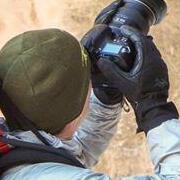




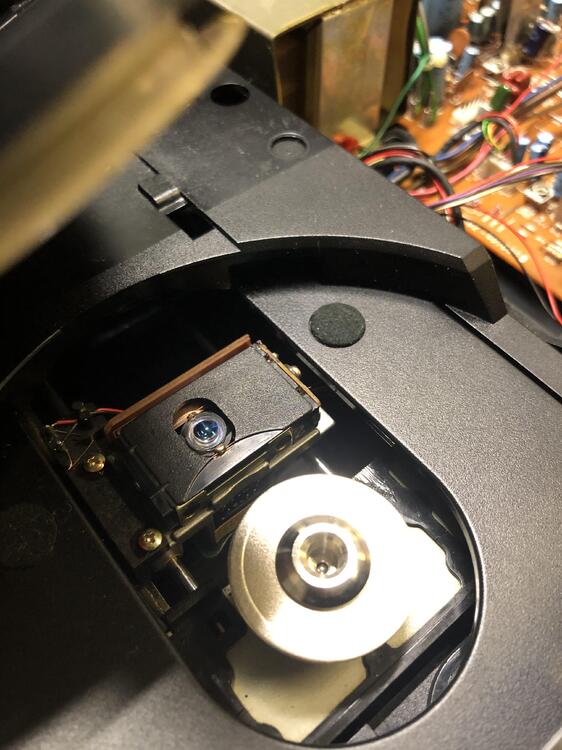

.thumb.jpg.cc3dad1e4a02c19ad8e74f58490aebca.jpg)

